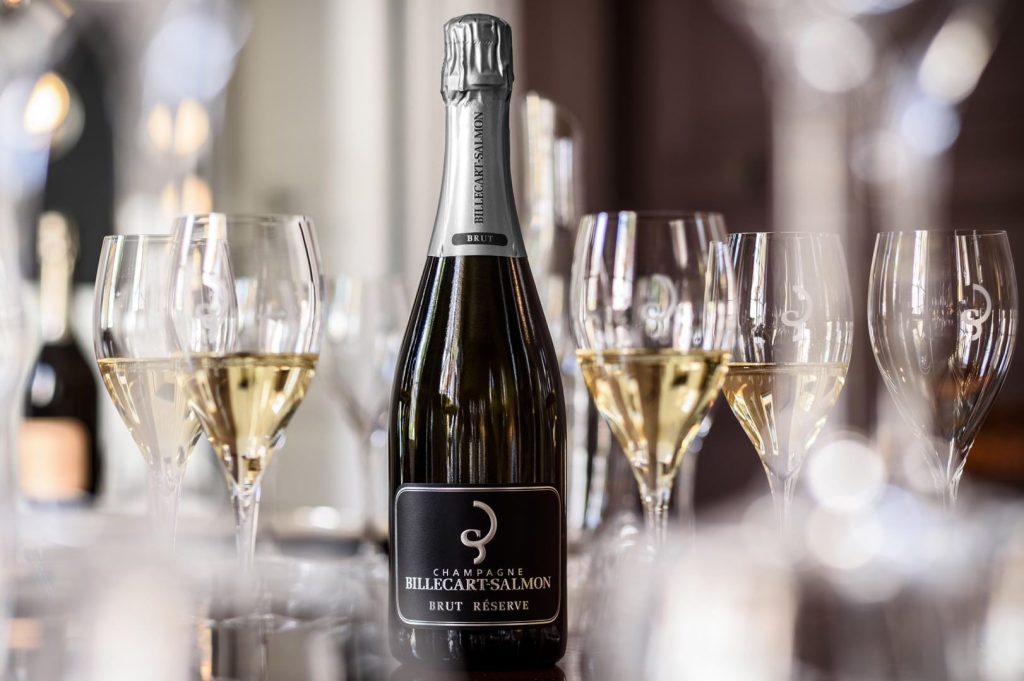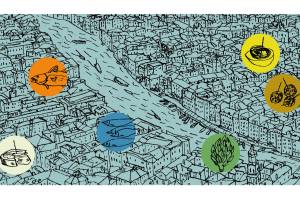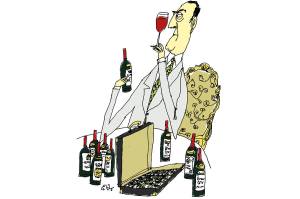I met Kingsley Amis only once. It was in the bar of the Garrick Club at about three in the afternoon. He had clearly been there for some time. I was with a friend who knew him, so cadged an introduction. I cannot say that we had a truly meaningful exchange. More like 1 Corinthians 13:12: ‘through a glass, darkly’. But the encounter did put me in mind of General Principle Number 1 from Amis’s amusing book on drink, candidly titled On Drink. ‘Short of offering your guests one of those Balkan plonks marketed as wine,’ he advises, ‘go for quantity rather than quality.’
If you had asked my opinion about that advice a couple of months ago, I might have demurred. Although robustly ‘binary’ about many matters dear to the hearts of the latitudinarian lit-crit-shtick crowd, I am more of a both/and than an either/or sort of chap when it comes to the audience participation aspect of oenology
Nevertheless, Amis’s advice is certainly preferable to the laughable admonition proffered recently by surgeon general Jerome Adams to ‘avoid alcohol’ during this period of virtual house arrest. I mean, What’s up, Doc? After all, Lent, during which several of my friends — but not I — give up alcohol altogether, is only 40 days, and as I write we are nearing 60 days of quivering-in place-and treating our fellow human beings as lepers to be avoided at all costs.
Perhaps by the time you read this, the lockdown will be firmly in the country’s rearview mirror: a nasty collision on the highway of life that we have now definitively left behind us. In case not, however, I thought I would take you on a brisk, selective tour of the COVID-19 section of the Kimball Emergency Lockdown Cellar, vinum for virus stall.
Let’s start with the Champagne. It is not, as far as I know, FDA approved, but it is my firm conviction that the bubbles, though composed of CO2, and therefore anathema to eco-nuts, are good for the virus, which is to say they are bad for the virus but good for you. We’ve been availing ourselves of two favorite standbys, Billecart-Salmon Brut Réserve NV and its somewhat flashier older brother, Billecart-Salmon Brut Rosé NV. Both are rich and well-structured wines, bright but not brash blends of Chardonnay, Pinot Meunier, and Pinot Noir. The rosé is a little richer, a little more sumptuous, and also a little more expensive. Expect to pay $50-$60 for the Brut Reserve, $75-$85 for the rosé.
[special_offer]
I won’t say that the house of Billecart-Salmon flies under the radar. It has been around since the early 19th century, when Nicolas Billecart went into business with his brother-in-law Louis Salmon, and has won many awards. But it is my sense that they only became popular in the United States in the last decade or so. They have become old and trusted advisors in our household.
Leaving the hors d’oeuvres, we proceed to the first course and the 2018 William Fevre Chablis ‘Domaine’, a light, fresh Chardonnay that mixes the tartness of green apples with the flinty succulence of sun-ripened citrus. This is a serious but unpretentious wine, pert, well-balanced and agreeable. It will set you back about $35-$40, but what else were you going to be spending that money on anyway, since you are stuck at home?
Fortunately, you have learned to cook, and when you have mastered the slow-roasting (275º till you reach an interior temperature of 135º), quick-searing technique with the boneless ribeye your aunt sent you, try uncorking a bottle of the 2013 Poggio il Castellare Brunello di Montalcino, an intense, dark ruby Sangiovese Grosso wine from a region that has furnished wine since the time of the Etruscans. The 2013 growing season got off to a late start in Tuscany, but this wine is nonetheless rich, expansive in the mouth, clean but lingering on the palette. I regret to tell you that it debited something like $50 from your checking account, but your generous, meat-minded aunt would not have wanted any Balkan plonk accompanying the delicious steak she sent you.


















